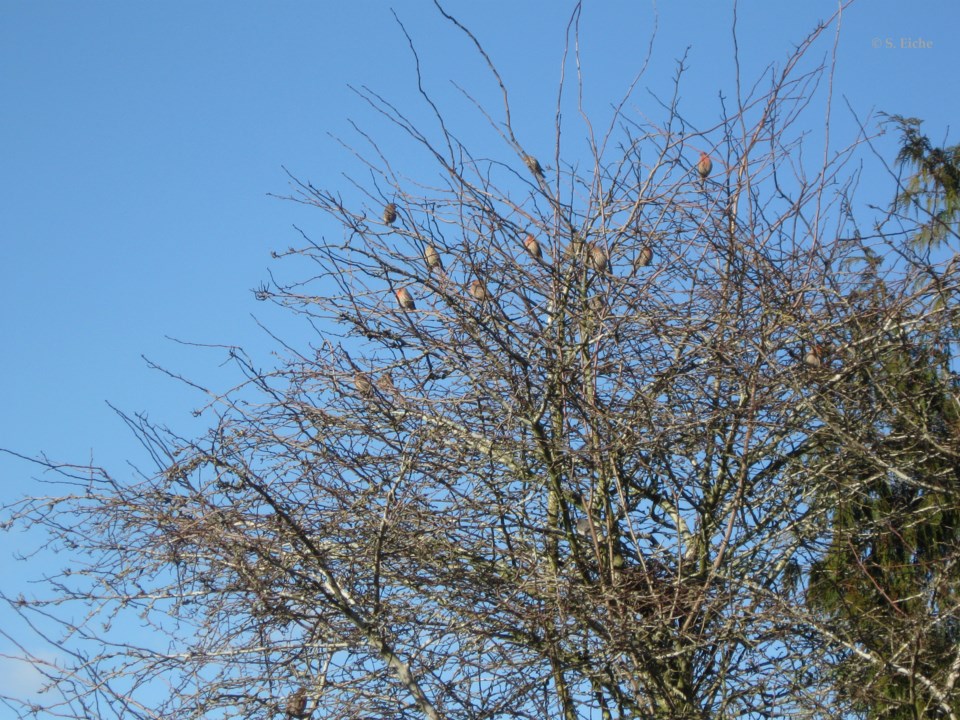At least once a week there’s a story in the North American or European media about people’s eyes opening to the wonders of nature during the pandemic, a revelation invariably followed by an awareness that nature has the potential for healing some of our spiritual (and physical) woes. The people who benefit the most from this discovery are the ones living near areas where the flora and fauna are able to thrive ‘naturally’ without too much human disturbance.
Here in Richmond efforts are being made on many fronts to allow wildlife (especially birds) to prosper in as natural a way as possible. Those efforts need to continue – better, they need to increase. It’s not only the city that can help in this matter, but also we, the residents, can do our part. If we can’t give back the territory we’ve stolen from wildlife, we should at least stop remodelling it purely to suit our own tastes and whims. We need to listen to what wildlife needs to survive. After all, if wildlife is wiped out, we won’t be far behind.
How do we find out what’s essential for wildlife’s survival? There are plenty of resources available, printed and online. It’s frequently a topic discussed in the media when the subject is the environment. Another way to find out is by observing what’s going on around us.
Listen for the birds – which is easy right now because it’s mating season and they’re very vociferous. Watch to see where the birds congregate. Of course, they’ll come to feeders if you have them, but where do you see them when they’re not at the feeders? What kind of bushes or trees do they seek out because they feel safe and comfortable in them?
Birds are not as adventurous as we are. They’re not straining to try out something new. They’re not looking for thrills. They seek what is familiar. They rely on both their instinct and quick reactions – their most ancient tool for survival. Our local finches, sparrows, juncos and chickadees aren’t going to spend their time in the palm trees that are planted in front yards and even along some boulevards. Palms are not native to this region, they’re not included in the ‘instinct-catalogue’ of the songbirds of southwestern BC.
I’ve been watching the birds around my neighbourhood for years. Their preferred daytime ‘go-to’ vegetation are the trees and shrubs from where they have a good view but still feel safe from human interference. In my yard their favourite haunts are the forsythia, elderberry and hawthorn. When they need to flee a perceived intruder, they often head for the neighbour’s holly tree (also a good nesting site).
But it’s the hawthorn that’s the most popular. And no wonder – it offers nourishing insects, berries (called haws), and branches generously spiked with long thorns and sprouting dense foliage. Even when the hawthorn is bare, it attracts birds as if by magic.
Let’s give birds a space of their own. They need and deserve it.
Sabine Eiche is a local writer and art historian with a PhD from Princeton University. She is passionately involved in preserving the environment and protecting nature. Her columns deal with a broad range of topics and often include the history (etymology) of words in order to shed extra light on the subject.



